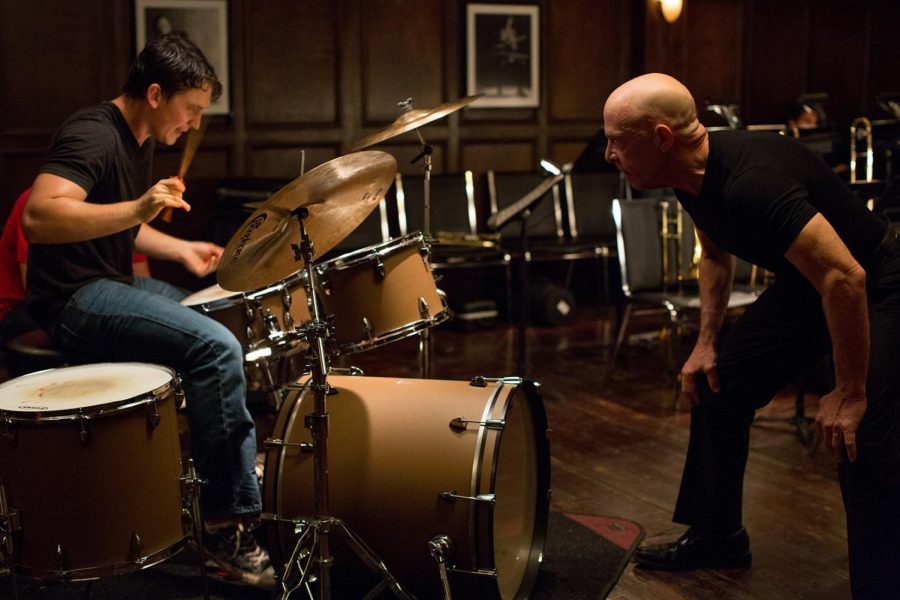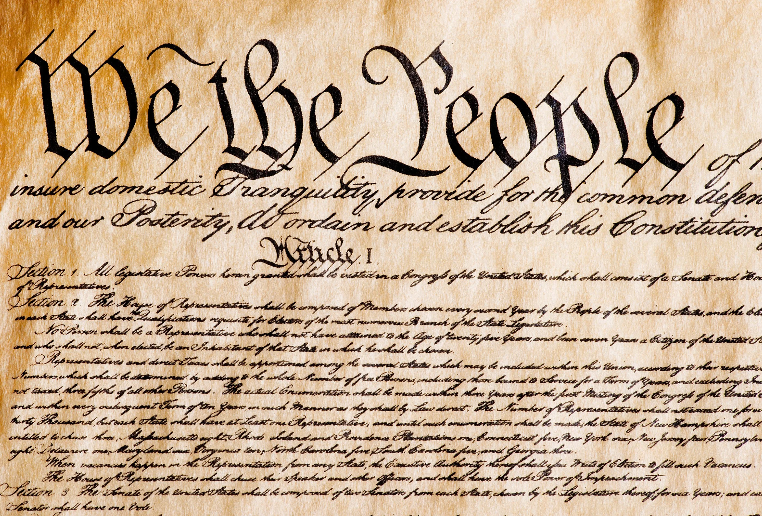The Rock & Roll Hall of Fame has been around for 39 years, and in that time has inducted 338 artists. While there have certainly been consensus selections (The Beatles, Elvis Presley, etc.), there have been just as many which have inspired doubt and confusion in the minds of many critics and fans. These more dubious choices tend to fall into two categories: those whose cultural impact is perhaps too limited to elicit such an honor, and those whose work does not seem to fit the conventional view of rock & roll.
The first of these, I am sure, is very hotly debated; yet, such a vague, abstract idea as “cultural impact” is in large part subjective and thus cannot really be truly absolute in its definition or conception. On the other hand, the latter is relatively easy to affirm or deny: for instance, claiming, Jay-Z to be rock & roll is a fool’s game. Thus, if the debate surrounding such artists is not as to the perceived cultural impact of their music, but as to whether their music itself reflects the genre criteria of the Hall, the two sides reflect two broader ideas of what, fundamentally, the Hall represents.
The first view is that rock & roll has come to represent, or perhaps, has always been, any and all popular Western music post-1950, as well as the influences of that music. By this logic, the scope, and thus the responsibility, of the Hall is far greater; it can now be expected to chronicle a far greater variety of movements, cultures and genres. Everybody from Flavor Flav to Joan Baez would have a case for induction, and any notable omissions could be seen as far more serious, as in pronouncing themselves the arbiters of all, as I said, Western music post-1950, far more scrutiny would be applied to any of their decisions than if they were to limit themselves to something less universal.
The second view is that the Hall is to adhere to a more pure, traditional definition of rock & roll when considering nominees. While this potentially diminishes the cultural influence an induction could carry by limiting the audience to fans of such music, it also makes the honor of being recognized far more exclusive. There is also less presumption in this definition, as rather than broadly declaring itself the authority on a vast world of music, the Hall by this view allows itself to focus on a particular genre. Thus, an omission herein would not be so controversial, due to this lack of presumption.
But the greater issue with the Hall, which is ultimately what limits its credibility, is that it attempts to appease both of these schools of thought. It honors those whose induction is merited solely by existing artistically within rock & roll at the right time, while also attempting to represent everything from crooned jazz to underground hip-hop. Doing so makes their parameters for induction seem fundamentally hypocritical. To continue as an organization with any respect or standing, they must make a decision as to what they believe to be their purpose — or they risk losing their little remaining relevance.





![Argentinian players celebrate their penalty shootout victory over the Netherlands at Lusail Iconic Stadium, Qatar [Kai Pfaffenbach/Reuters]](https://greennwhite.org/wp-content/uploads/2022/12/2022-12-09T215755Z_1890492973_UP1EIC91P0HXL_RTRMADP_3_SOCCER-WORLDCUP-NLD-ARG-REPORT.webp)







